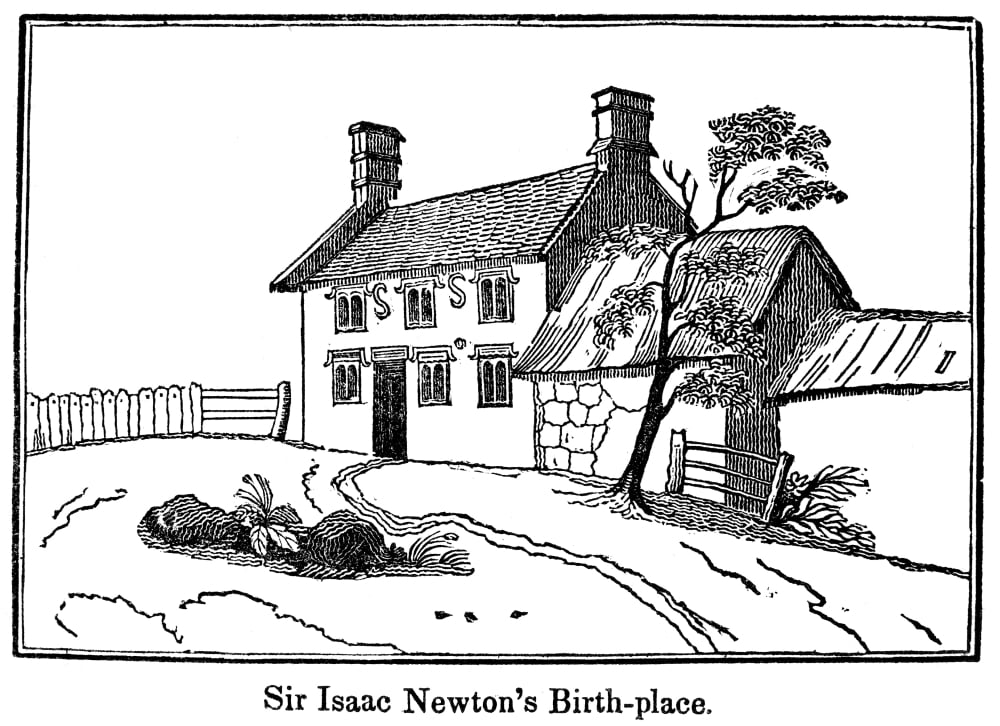
Per the Observer, Newton began studying the pyramids in the 1680s. He formulated the three laws of motion that form the basis of modern physics, discovered that white light is composed out of light from different colors and helped develop calculus, among many other accomplishments.

Newton was arguably the most significant figure of the 16th- and 17th-century Scientific Revolution. “… His papers were bursting with evidence for just how heretical his views were.” “His descendants made sure very few saw the papers because they were a treasure trove of dirt on the man,” Sarah Dry, author of The Newton Papers: The Strange and True Odyssey of Isaac Newton’s Manuscripts, told Wiredin 2014. In the British scientist’s own day, church leaders would have viewed many of his ideas on these subjects as heretical. “Today, these seem disparate areas of study–but they didn’t seem that way to Newton in the 17th century.”Īs Peter Dockrill reports for Science Alert, many of Newton’s unpublished notes concerning alchemy, occult matters and the biblical apocalypse only resurfaced after his death in 1727. “He was trying to find proof for his theory of gravitation, but in addition the ancient Egyptians were thought to have held the secrets of alchemy that have since been lost,” Gabriel Heaton, Sotheby’s manuscript specialist, tells the Observer’s Harriet Sherwood. But for Isaac Newton, they were veritable obsessions detailed in three pages of notes sold by Sotheby’s this morning for £378,000 (around $504,700 USD). While Newton may not be the first person to think about gravity, he was the first to develop a sweeping explanation about it using a new form of mathematics called calculus that he himself developed.Messages about a coming apocalypse that could be decoded through architectural measurements? Keys to secrets of the Bible found in Egypt’s Great Pyramid? These might seem like nonsensical notions far from the world of science. Newton, who had arrived at his discoveries by mathematical analysis, also pointed out that the same gravitational forces act between the moon and Earth and between the sun and comets. Pluto, being the outermost planet in the solar system, experiences a weaker pull and so takes the longest time to complete one revolution. For this same reason, the farther away a planet is from the sun, the slower it travels along its orbit. This distance, combined with the planet’s momentum, is enough to weaken the sun’s gravity and prevent Mercury from falling into the ball of fire. Mercury, despite being the nearest planet to the sun, is still 70 million kilometers away from it.

As a result of this pull, Mercury is the planet that goes the fastest along its orbit.Ĭonsequently, Newton says that the reason the planets do not fall into the sun is that gravity weakens as the distance between two objects increases. Because Mercury is the nearest planet to the sun, it is the planet that experiences the strongest pull.

The nearer an object is to the sun, the stronger the sun’s pull on that object. The sun is the most massive body in the solar system, and so it exerts the strongest gravitational pull on the planets. Gravity, according to Newton, is also the reason planets orbit the sun. He adds that a massive object has a stronger gravitational force than a less massive object.Įarth is much more massive than an apple and exerts a greater gravitational force, so apples fall to the ground instead of floating in mid-air or upwards to the sky. He says that the force of gravity between two massive objects is stronger compared to the force of gravity between two less massive objects. Newton explained the connection between apples and planets in his book, Mathematical Principles of Natural Philosophy.


 0 kommentar(er)
0 kommentar(er)
